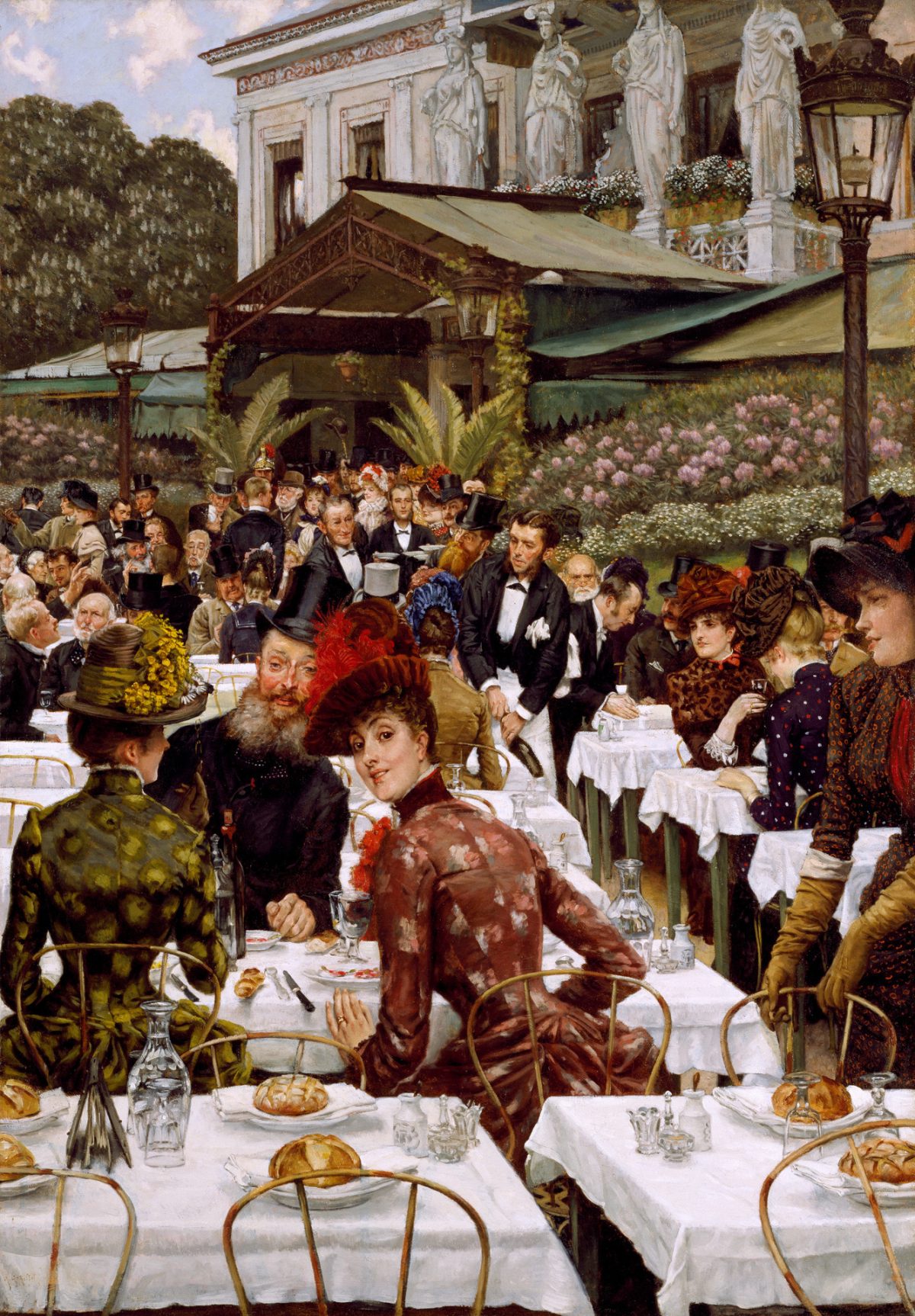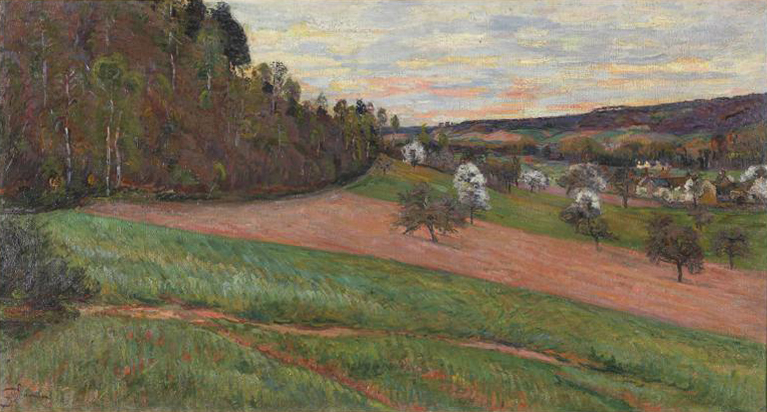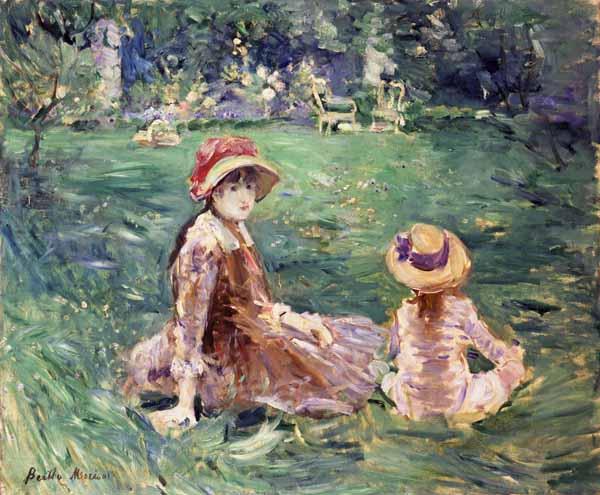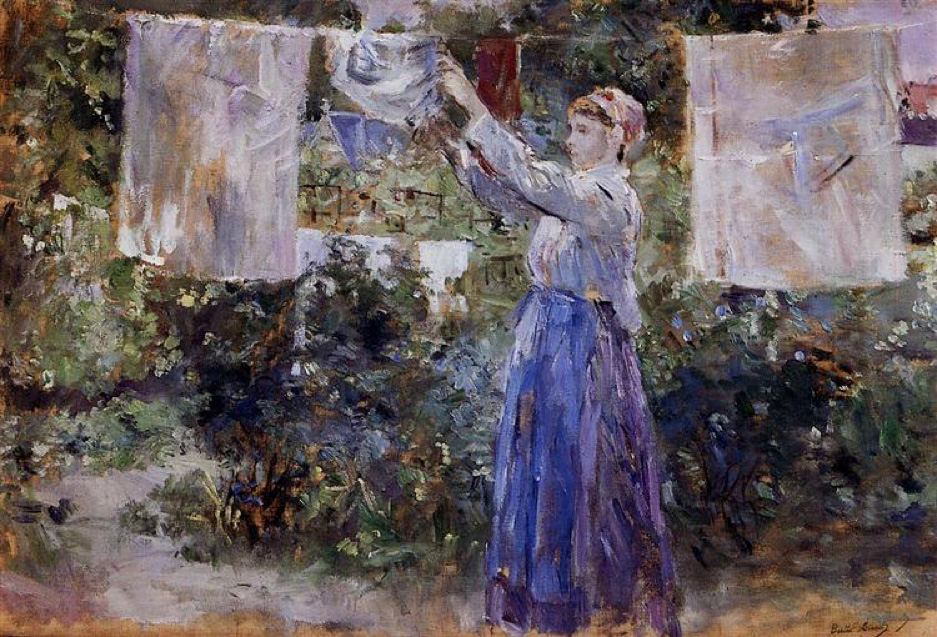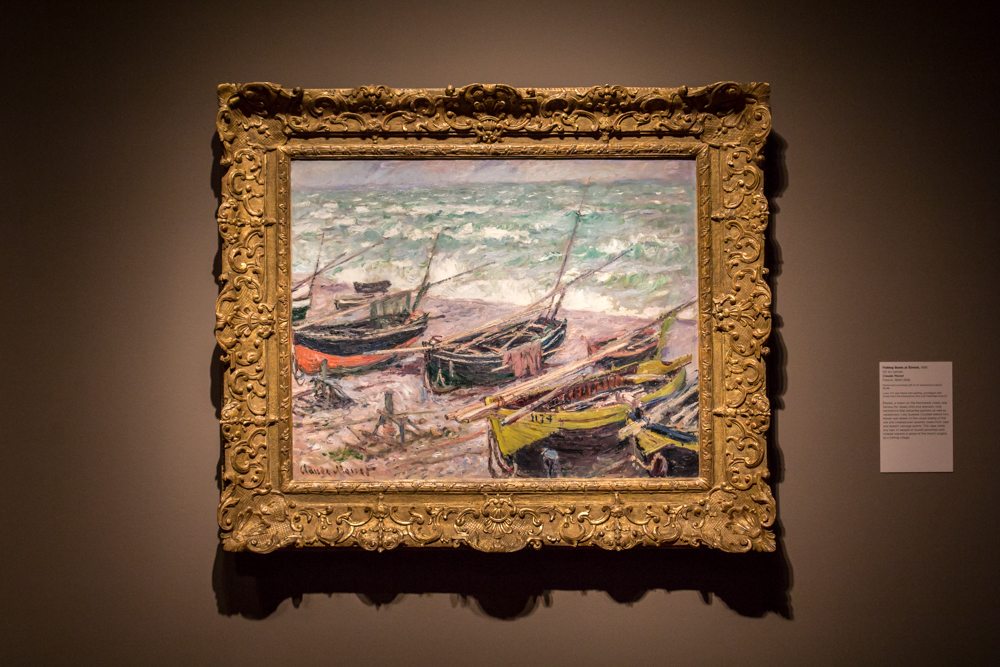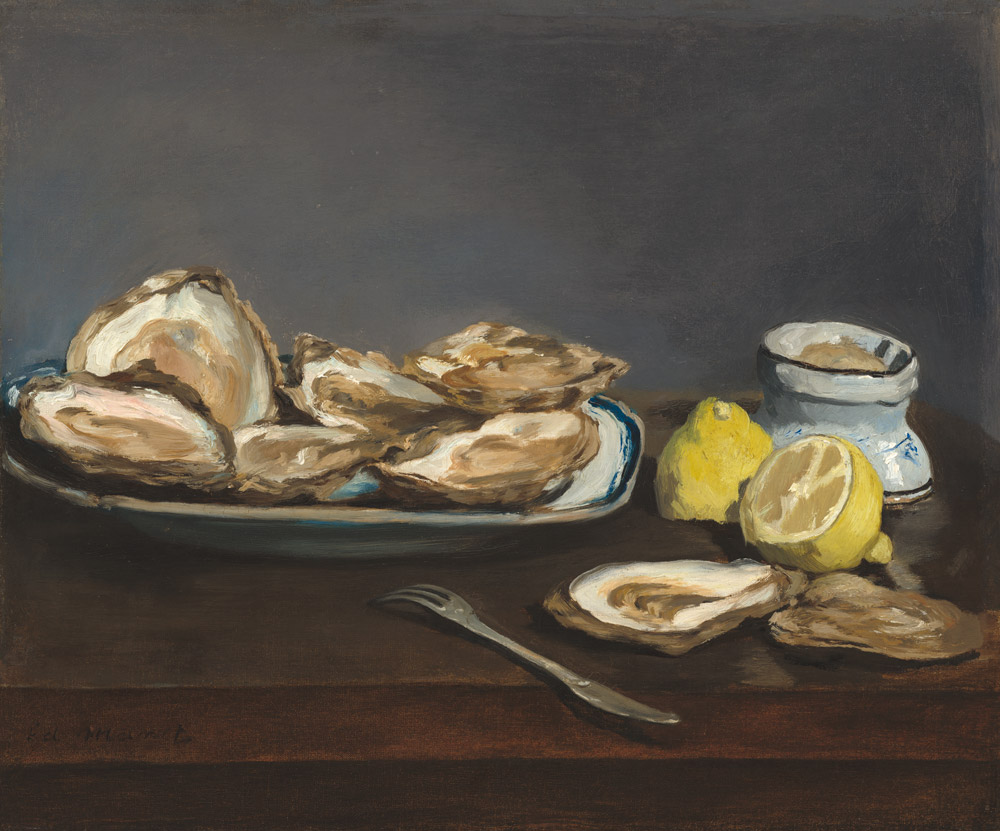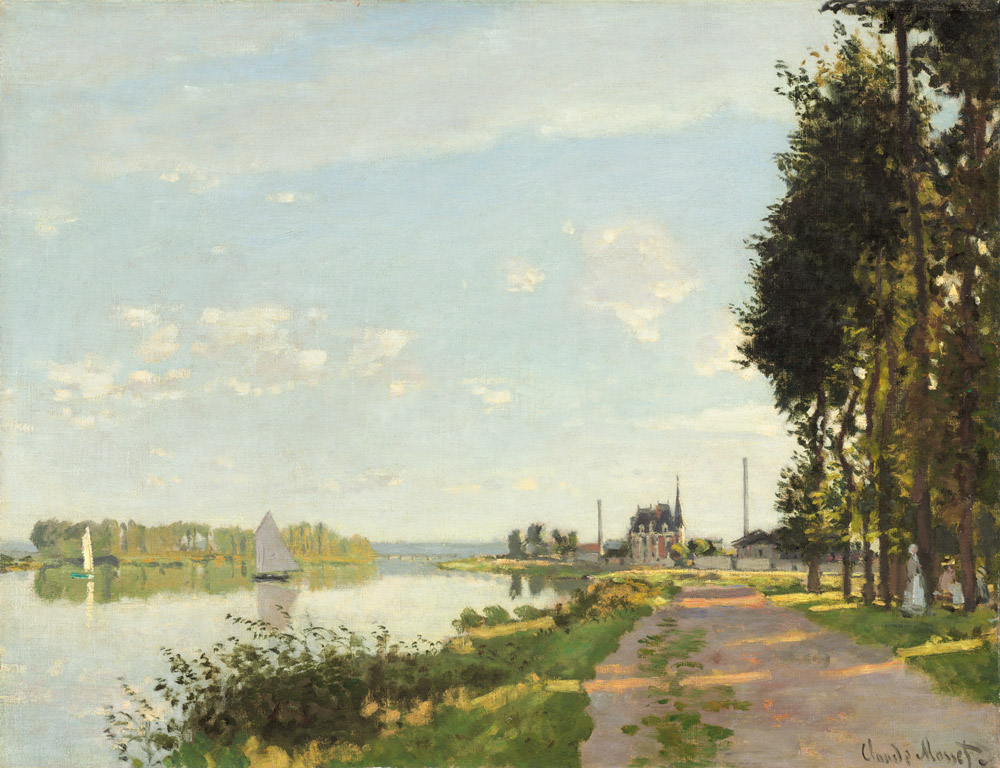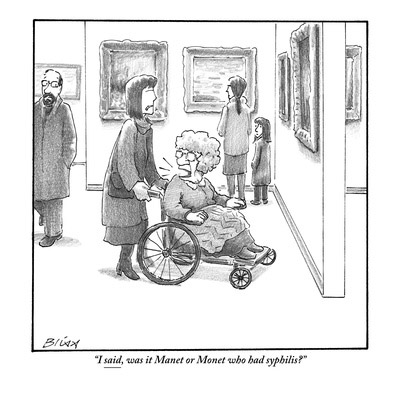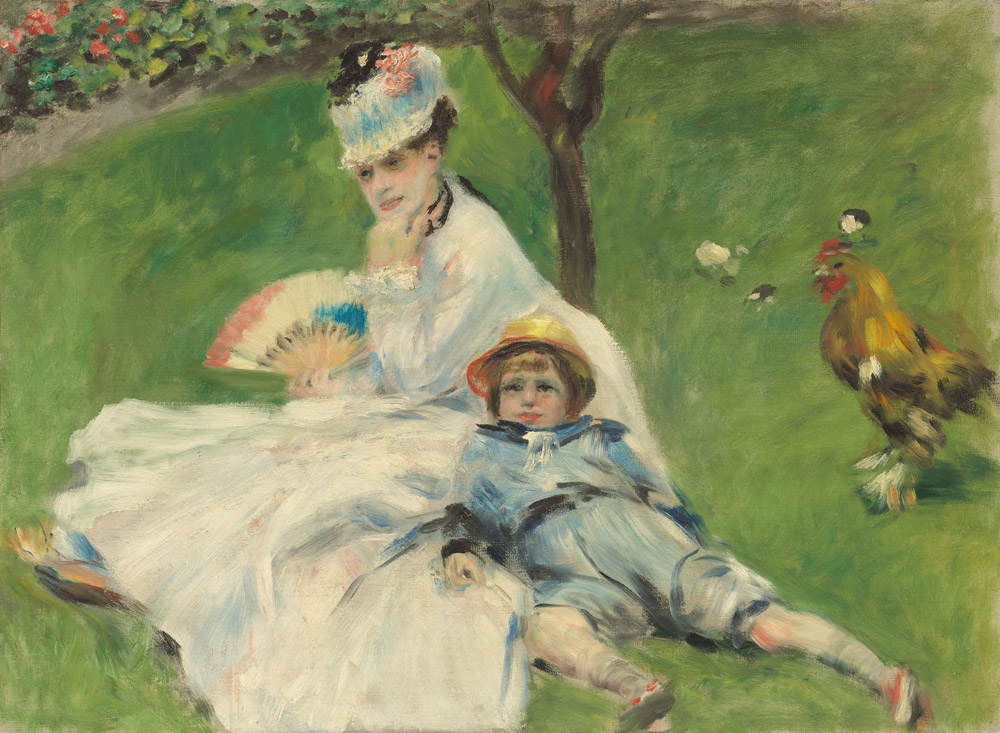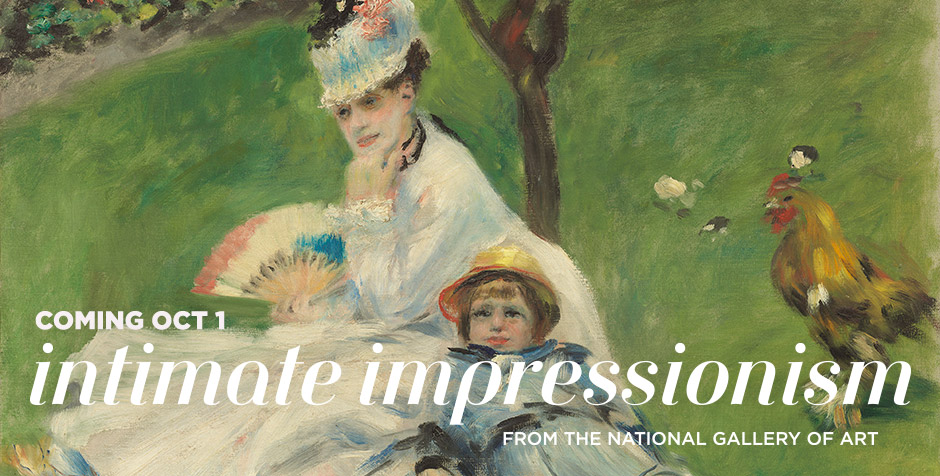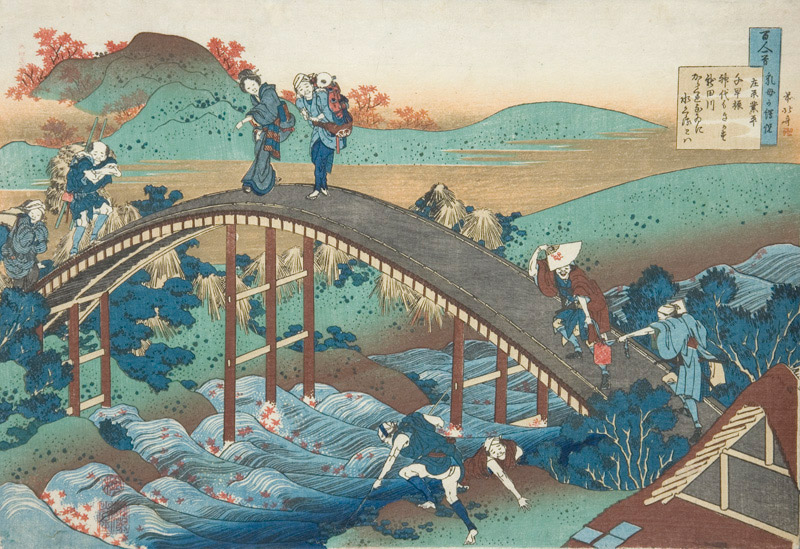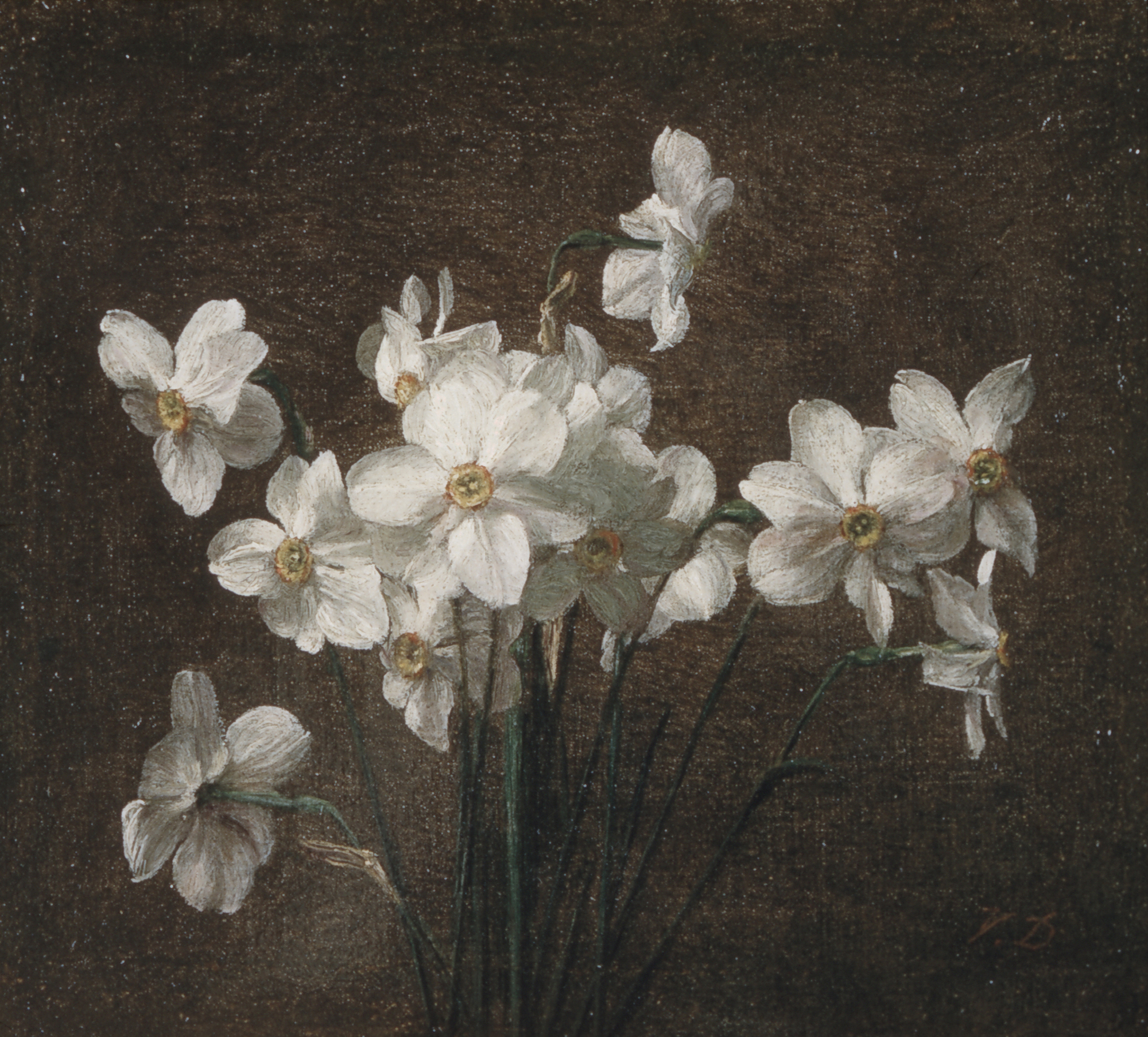Dig into art, food, and identity at Farm to Table
Sourced, plated, savored, and shared. Food nourishes the body, feeds the soul, sustains culture—and inevitably appears in art. This is as true today as it was during the tumultuous decades in France following the Franco-Prussian War (1870– 71), when food—its cultivation, preparation, presentation, and consumption—took center stage in painting and sculpture.
SAM’s latest exhibition, Farm to Table: Art, Food, and Identity in the Age of Impressionism, features 50 artworks that reflect on the Age of Impressionism through the lens of French culinary tradition. Here, we take a closer look at four of these artworks. (Check out the full exhibition at the Seattle Art Museum, on view through January 18, 2026.)
Victoria Dubourg Fantin-Latour
Still Life with Brioche, 1890
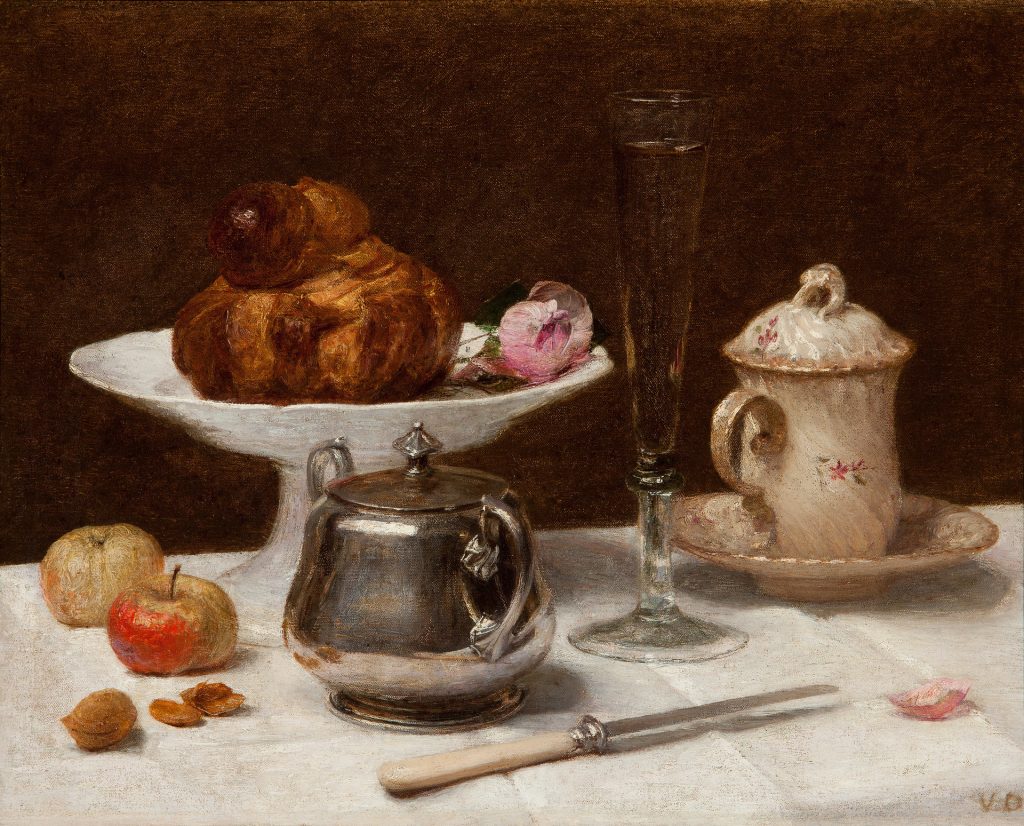
Dubourg’s painting of a brioche on an extraordinary tablescape shows off the artist’s skill in capturing different textures. Arranged next to a peony on a white porcelain cake stand, a crispy, buttery pastry draws the eye in a tableau of scrumptious delicacies—coffee, sugar, apples, tree nuts, and champagne—that emphasize France’s culinary reach and the pleasures of its cuisine.
Claude Monet
The Haystack, 1891
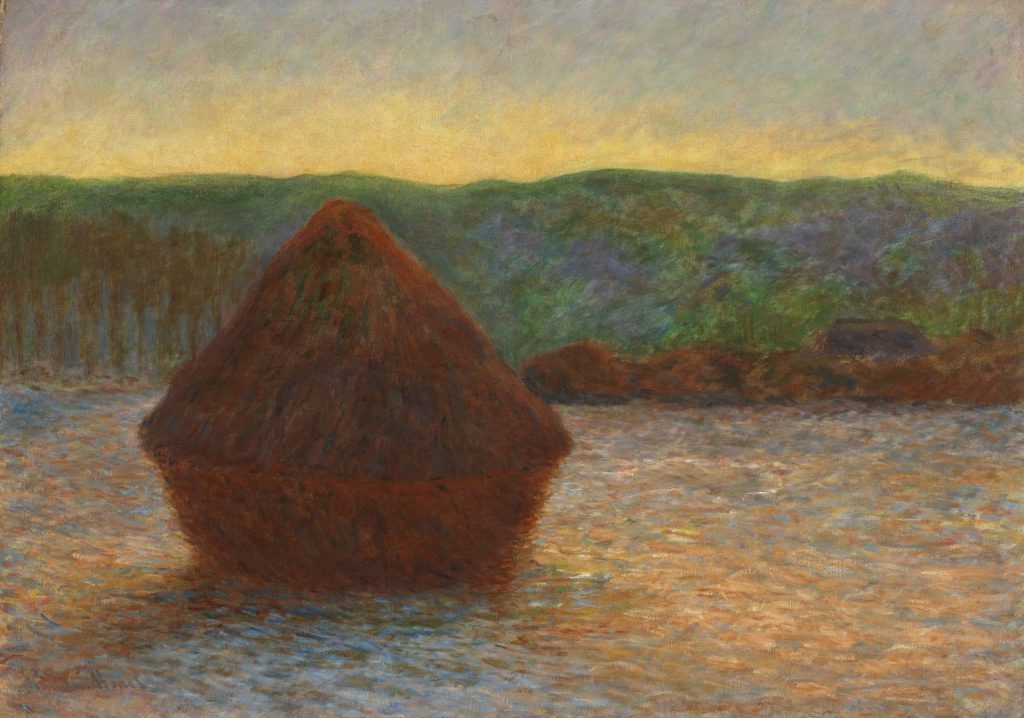
In a series comprised of over 20 paintings, Monet recreated haystacks during varying weather conditions and at different times of day. Here, a single stack of wheat sits in a sundrenched, late-summer field framed by poplars and rolling hills. Monet’s focus on the harvest reveals the importance of food and farming to the French economy, as well as the nation’s pride in its rich agricultural heritage.
Victor Gabriel Gilbert
The Square in Front of Les Halles, 1880
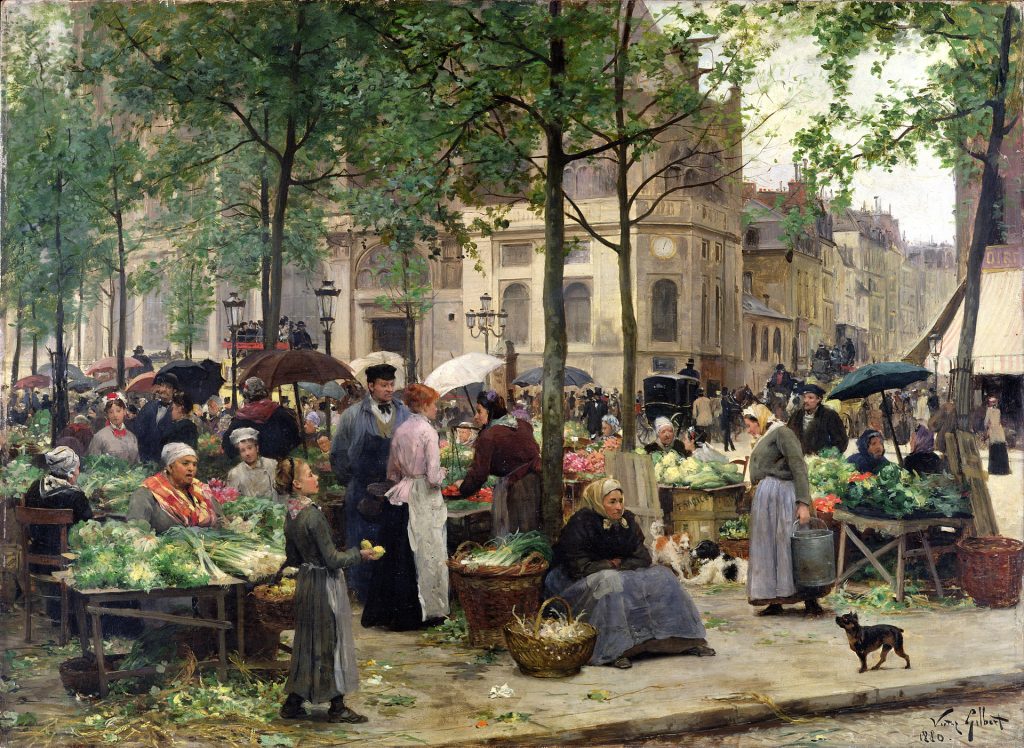
This bustling scene of Les Halles, Paris’s central fresh-food markets, shows the market gardeners at their stands in the walkways beside the pavilions. Among tables overflowing with summer produce— leeks, lettuces, radishes, onions, garlic, tomatoes, and more—city dwellers, farmers, laborers, and socialites alike stroll, mingle, socialize, and shop. A microcosm of the modern metropolis, Les Halles was at the intersection between urban and rural life in late 19th-century France.
William-Adolphe Bouguereau
Girl Eating Porridge, 1874
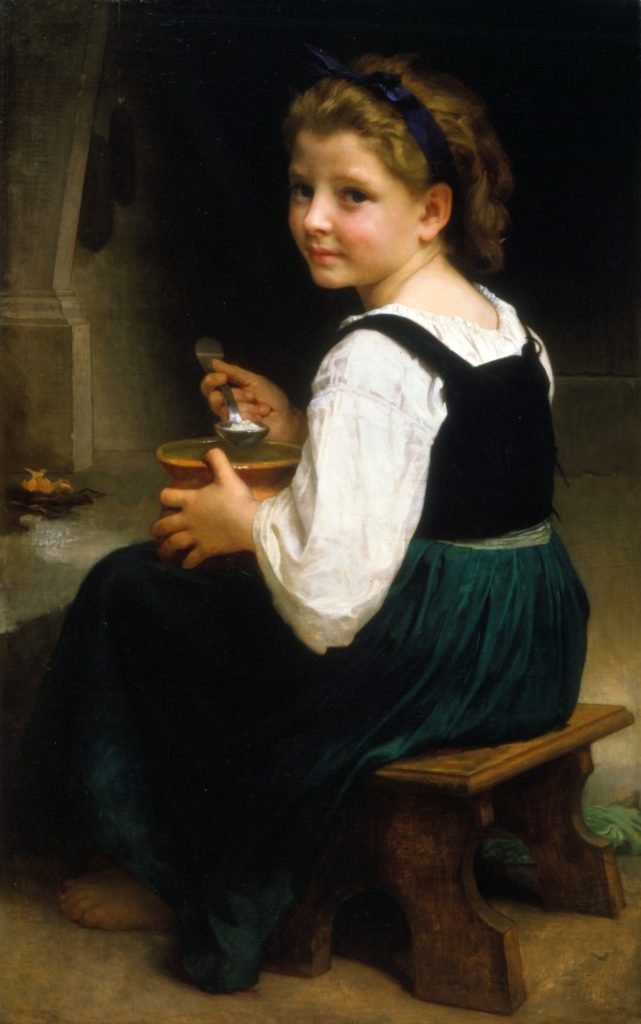
Bouguereau followed the French Academic tradition of portraying idealized figures in moralizing narratives. This sentimental scene of a sweet yet wary child is designed to stir our emotions. Barefoot, plainly dressed, and seated on a simple stool, she spoons a modest meal of porridge from an earthenware bowl balanced on her lap. The cabbage leaves and onion skins scattered on the floor suggest that she may be a domestic worker, despite her young age.
– Theresa Papanickolas, SAM Ann M. Barwick Curator of American Art
Full image credits:
The Artists’ Wives, 1885, James Tissot, French, 1836-1902, oil on canvas, 57 1/2 x 40 in., Gift of Walter P. Chrysler, Jr., and The Grandy Fund, Landmark Communications Fund, and “An Affair to Remember” 81.153, Courtesy American Federation of Arts
Still Life with Brioche, c. 1890, Victoria Dubourg Fantin-Latour, French, 1840-1926, oil on canvas, 13 1/8 x 17 in., Dixon Gallery and Gardens; Museum purchase with fund provided by the estate of Cecil Williams Marshall and, by transfer, Mr. and Mrs. Morrie A. Moss, 2019.6, Courtesy American Federation of Arts
La Meule (The Haystack), 1891, Claude Monet, French, 1840-1926, oil on canvas, 28 7/8 x 36 1/2 in., Private Lender, Courtesy American Federation of Arts
Le Carreau des Halles, 1880, Victor Gabriel Gilbert, French, 1847-1933, oil on panel, 21 1/8 x 29 in., Musée d’art moderne André Malraux, Malraux, Le Havre, Courtesy American Federation of Arts
Girl Eating Porridge, 1874, William-Adolphe Bouguereau, French, 1825-1905, oil on canvas, 38 1/2 x 24 1/2 inches, Cincinnati Art Museum, bequeathed by Reuben R. Springer, 1884.335, Courtesy American Federation of Arts
